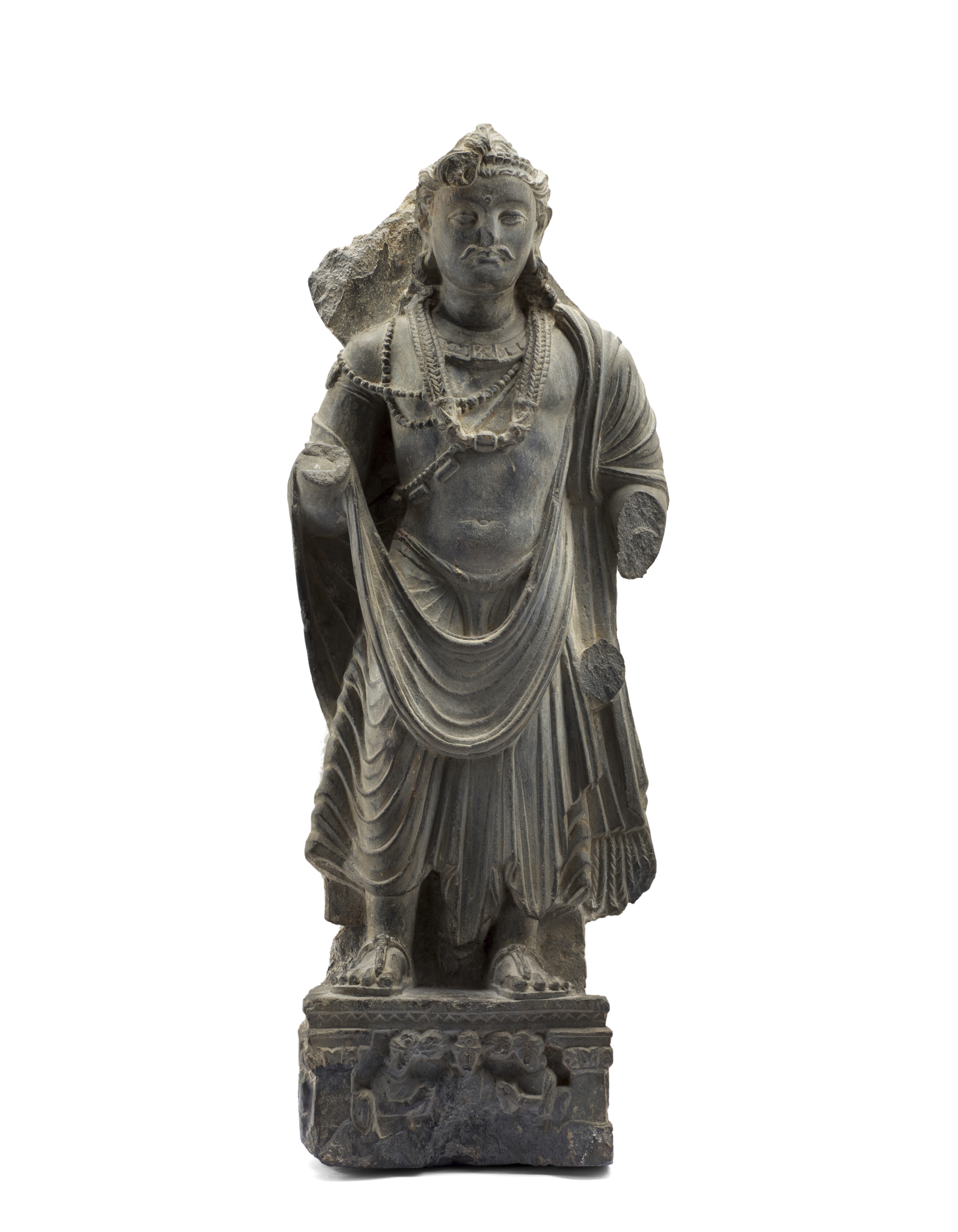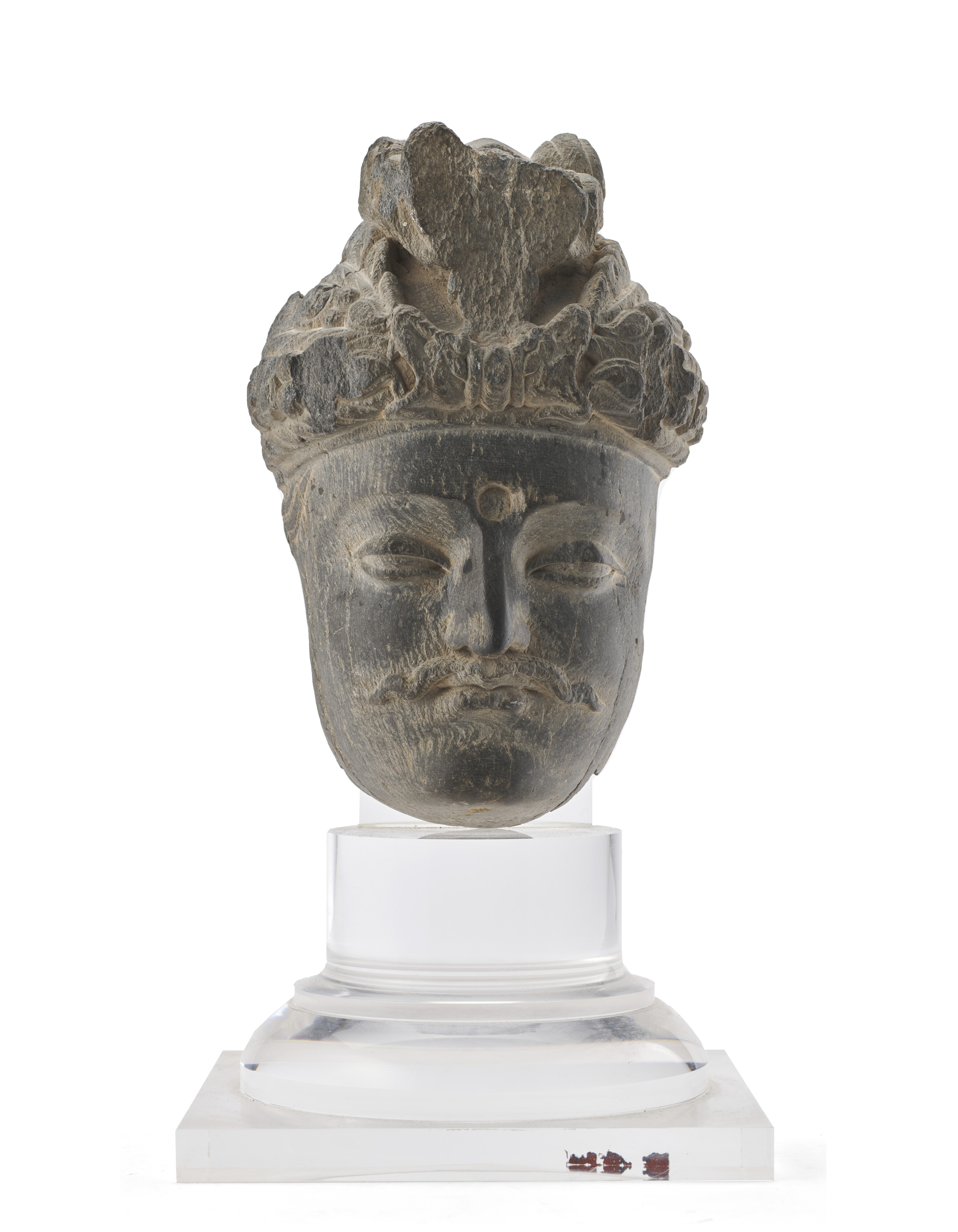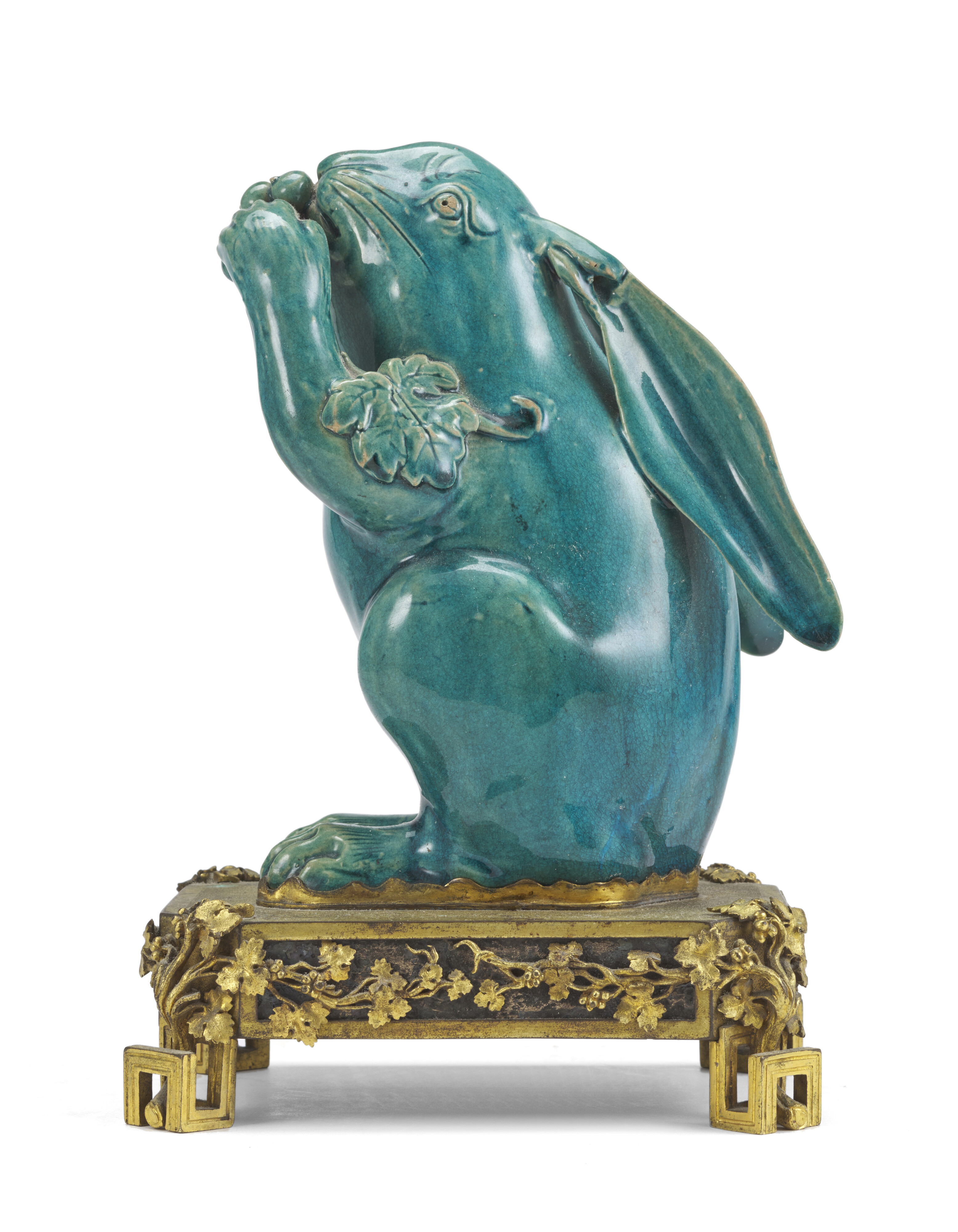In a context of growing international interest, Il Ponte Auction House presents its upcoming Asian Works of Art auction during June’s Asian Week, a peak moment for Asian art collecting.
Scheduled for 1 July 2025, the sale features a carefully curated selection of works from across the continent: from the ancient Gandhara region to China, Korea, and Japan. A fascinating journey through the cultural and spiritual beauty of millennia-old civilisations.
This event also marks a key moment of evolution for the Italian department of Oriental Art, now strengthened by its synergy with the Millon Auction Group and the arrival of new French specialists. This collaboration broadens the department’s critical perspective and lends greater scholarly rigour to the catalogue, as exemplified by a major discovery: the hidden seal (eumjang) found inside a rare six-panel chaekgeori screen, a unique example of Korean Joseon painting, attributed to Yi Taek-gyun, a court artist active in the second half of the 19th century (lot 1081, estimate € 15,000 - 25,000). A top lot in the sale, the screen is rendered in refined trompe-l’œil technique and depicts an imaginary scholar’s cabinet filled with books, scrolls, celadon cups, jade brushes, and flower vases, all meticulously arranged to evoke Confucian values of learning and harmony. Only about a dozen examples bearing this particular signature are known worldwide, making this a piece of exceptional rarity.

Lot 1081
Attributed to Yi Taek-gyun (Korea, active after 1883). A rare six-panel chaekgeori screen with hidden seal.
Korea, second half of the 19th century, Joseon dynasty. Ink and mineral pigments on paper mounted on boards (cm 137x218).
Estimate € 15.000 - 25.000
From the ancient Gandhara region (in present-day Pakistan) comes a group of grey schist sculptures. Among them, a refined standing figure of a Bodhisattva, dating to the 4th century, reflects the meeting of Buddhist spirituality and Hellenistic influences (lot 1071, estimate € 15,000 - 25,000). Equally expressive is a head fragment of a Bodhisattva from the 2nd - 4th century, modelled with soft lines and a contemplative gaze (lot 1074, estimate € 1,200 - 1,500).

Lot 1071
A grey schist figure of a bodhisattva. Gandhara (Pakistan), 4th century (h. cm 55) on a modern base.
Estimate € 15,000 - 25,000

Lot 1074
Grey schist fragment of shale Bodhisattva’s head. Gandhara region, (Pakistan) 2nd - 4th century (h. cm 23) on plexiglass base (h. tot cm 34).
Estimate € 1,200 - 1,500
From the heart of Chinese tradition, a pair of covered vases in spinach-green nephrite jade, Qing dynasty, 19th - 20th century, mounted on intricately carved wooden bases, showcase both technical mastery and formal elegance (lot 1067, estimate € 5,000 - 8,000). Rare and delightful is a shell-shaped scholar’s palette in polychrome porcelain from the Qianlong period, complete with carved wooden stand (lot 1069, estimate € 800 - 1,000). Also captivating is a porcelain hare with turquoise glaze from the Kangxi period, mounted on a gilt bronze base from the late 18th century, a perfect balance of nature, symbolism, and decorative grace (lot 1065, estimate € 800 - 1,200).

Lot 1067
A pair of fine spinach-green jade hu vases and covers. China, Qing dynasty (1644-1911) 19th-20th century (h. 33 cm.).
Estimate € 5,000 - 8,000

Lot 1069
Small enameled conch-form palette. China, Qing dynasty, Qianlong period (1736-1795) (L. cm 8) on a carved and perforated leaf-shaped wood base.
Estimate € 800 - 1,000
Lot 1065
Porcelain hare with turquoise glaze. China, Qing dynasty, Kangxi period (1662-1722). Gilded bronze base from the end of the 18th century (h. cm 23).
Estimate € 800 - 1,200
Lastly, from Japan comes a fascinating selection devoted to the samurai world. A highlight is a spectacular Do-Maru armour from the late Edo period, featuring a lacquered iron cuirass, articulated shoulder guards, blue textile details, and a kabuto with neck guard, tied at the waist with an elegant purple silk cord (lot 1058, estimate € 3,000 - 3,500). Equally noteworthy is a rare forged iron kabuto with black lacquer, gilt mon of paulownia, crescent-shaped maedate in gilt metal, and menpo mask with horsehair moustache, a perfect synthesis of battlefield functionality and heraldic symbolism (lot 1057, estimate € 2,600 - 3,000).

Lot 1058
Composit Do-Maru armor.
Composed of a cuirass (do) made of lacquered iron scales laced together with blue cords, forming horizontal rows over a textile base, and featuring articulated shoulder guards (sode) and matching kusazuri (tassets) for thigh protection. Japan, end of Edo Period (1603-1868) late 19th century (cm 44x80).
Estimate € 3,000 - 3,500

Lot 1057
Forged iron kabuto helmet with black lacquer, the shikoro composed of five laced in beige lacquered plates; the fukigaeshi bearing gold-painted mon of paulownia.
Japan, Edo period (1603-1868) 19th century (cm 40x40).
Estimate € 2,600 - 3,000

